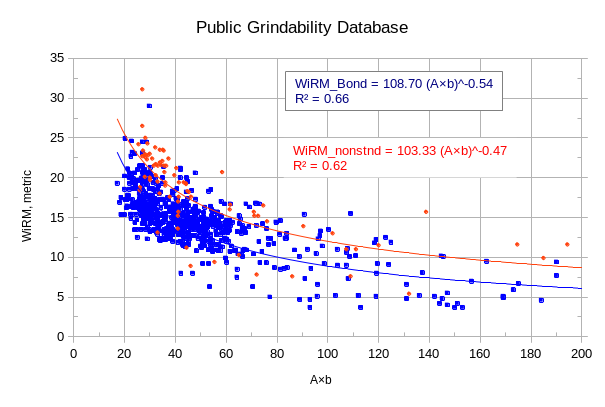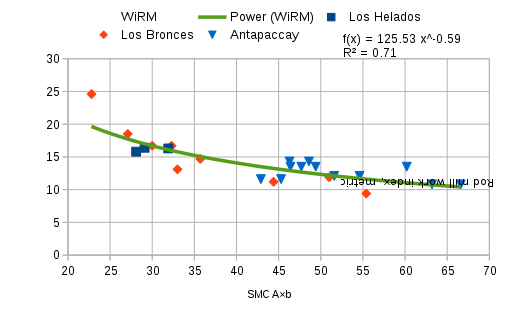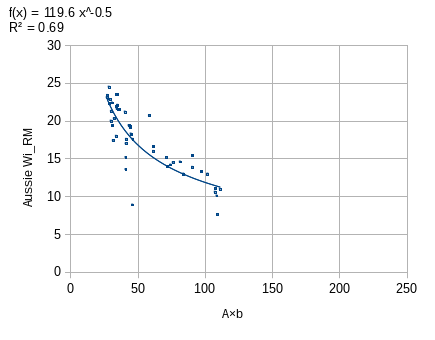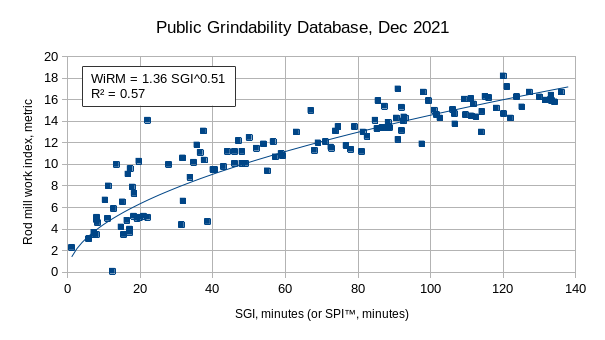Difference between revisions of "Conversions between test types"
(→Medium size class) |
|||
| Line 1: | Line 1: | ||
| − | [category:testwork] |
+ | [[category:testwork]] |
==Converting between comminution test types== |
==Converting between comminution test types== |
||
Different tests are used in different grindability models for substantially the same purposes. Certain grindability tests are compatible with other tests, and an approximate conversion can be established by comparing to a database of testwork. |
Different tests are used in different grindability models for substantially the same purposes. Certain grindability tests are compatible with other tests, and an approximate conversion can be established by comparing to a database of testwork. |
||
Revision as of 01:03, 27 January 2015
Converting between comminution test types
Different tests are used in different grindability models for substantially the same purposes. Certain grindability tests are compatible with other tests, and an approximate conversion can be established by comparing to a database of testwork.
The determination of which tests are compatible with other tests is largely a function of the particle size of the specimens subjected to testing.Doll & Barratt, 2011 Ore properties also play a role because some tests are sensitive to changes in ore density and other tests operate with a biased sample consisting only of competent pieces.
Medium size class
The three tests in the medium size class are:
- Bond rod mill work index (WiRM)
- SAG Grindability index (SGI) or SAG Power index (SPI™)
- Drop weight test, both JK and SMC (A×b, DWI, Mia, etc)



